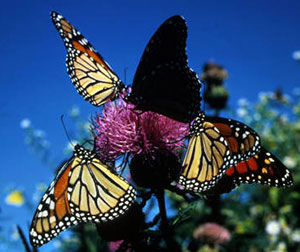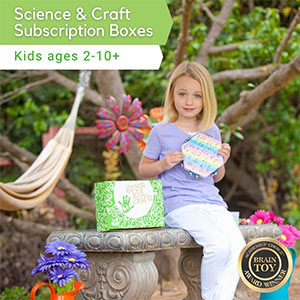Watercolor Butterfly Lesson Plan

Grade Level(s): 1, 2
Subject(s): Science/Entomology
Duration: two 40-minute periods
Description
Spring time offers an abundance of art activities for children. This one integrates science and art. Students will have fun making a beautiful butterfly, see the effects of salt and watercolor and learn about the anatomy of a butterfly all at the same time.
Goals
Students will learn about the anatomy of an insect and create a watercolor butterfly.
Objectives
1. Students will be able to identify the three body parts of a butterfly by pointing to them on the butterfly they have created.
2. Students will demonstrate the splatter paint technique by successfully painting their butterfly.
3. Students will use salt to create a special effect on the butterfly wings.
Materials
White construction paper
Water color paints
Salt
Glue
Butterfly patterns
Procedure
1. Trace the butterfly wings and body pattern (provided by the teacher.)
2. Paint the body a solid color.
3. Paint the wings with clear water.
4. Splatter paints on wings by flicking the paint from the brush - a toothbrush works well.
5. Sprinkle salt on the wet paint on the wings.
6. Allow the parts to dry.
7. Glue the pieces together in the correct order.
Conclusion
Tracing patterns will assist children in drawing the butterfly. Splatter painting can be messy. Students should wear paint shirts. Tables should be protected.
Assessment
Informal assessment will occur while the painting is taking place. Students can write a short story or poem about their butterfly.
Integration
Because the butterfly is anatomically correct, this lesson can easily be integrated into science. The head, thorax and abdomen can be explained. The two sets of wings is also subject matter to be explored.





